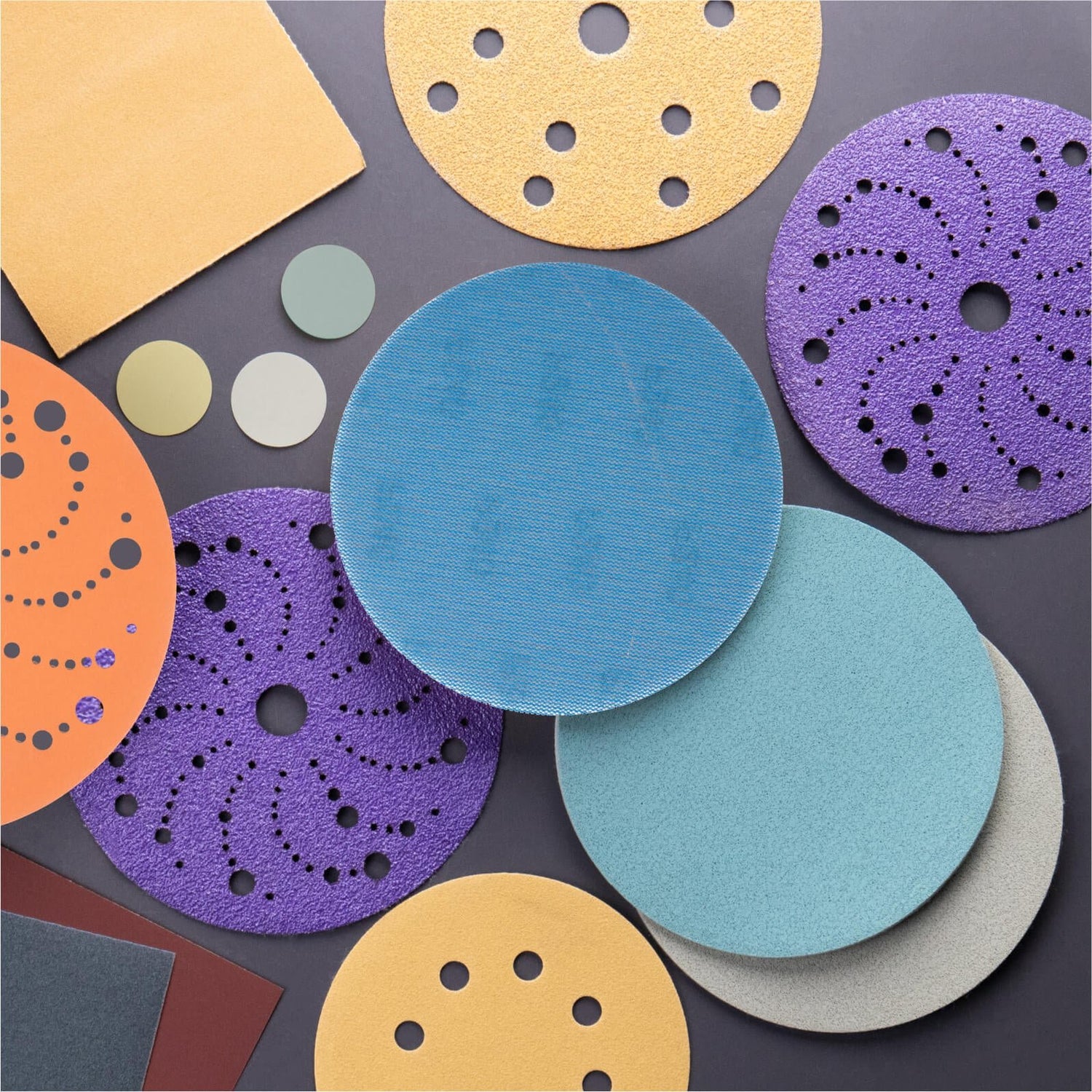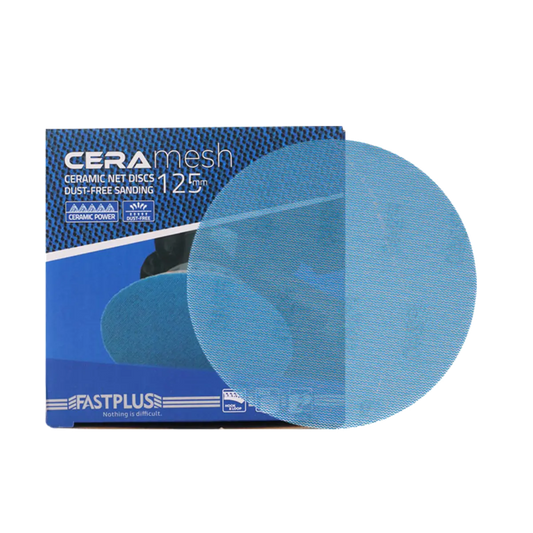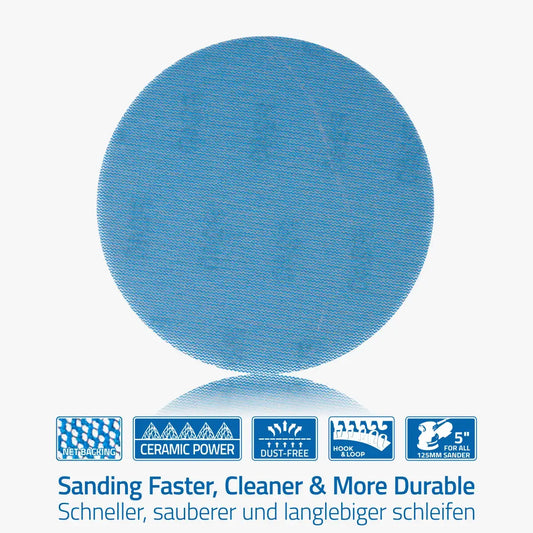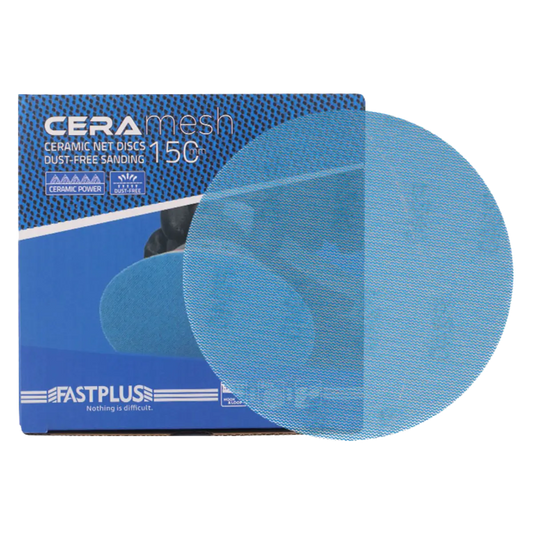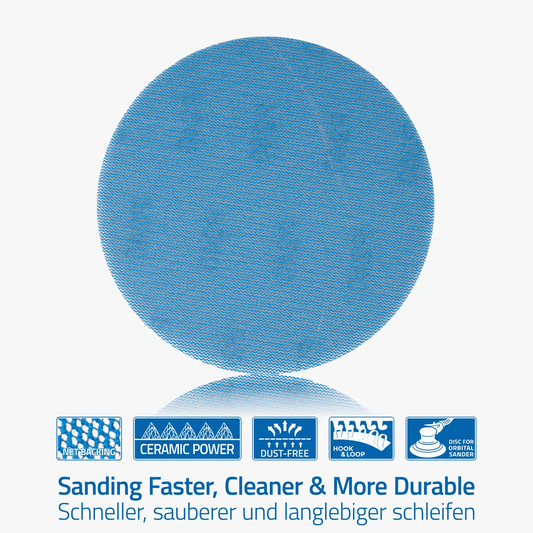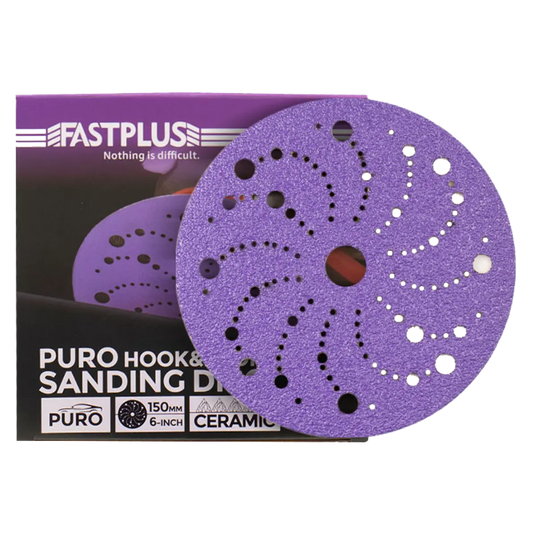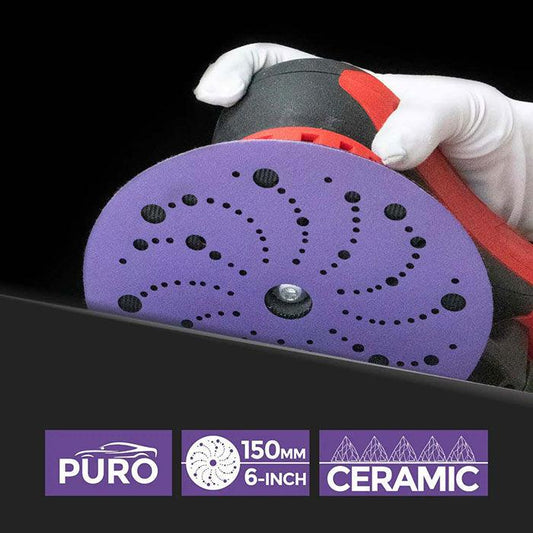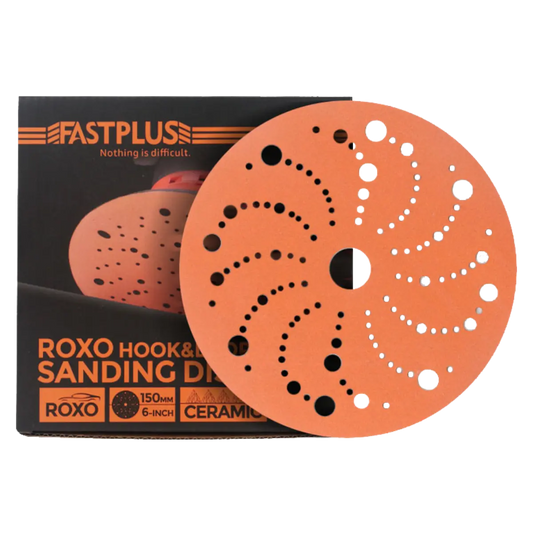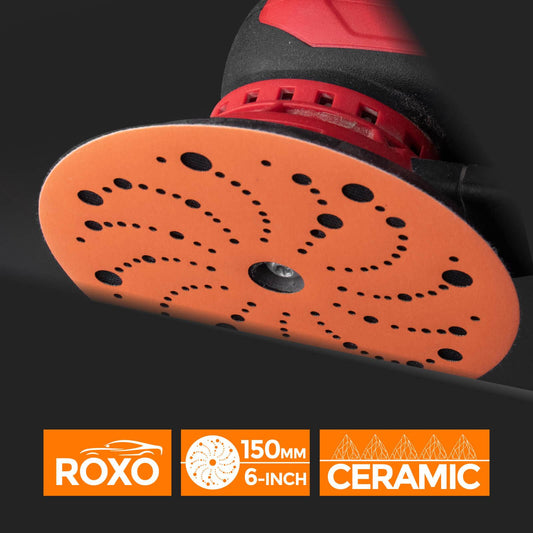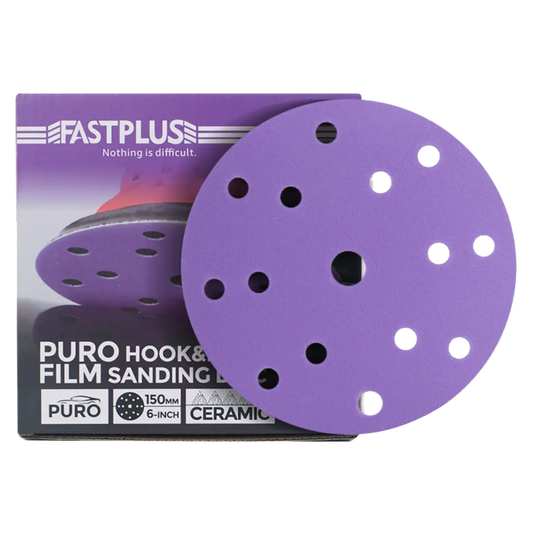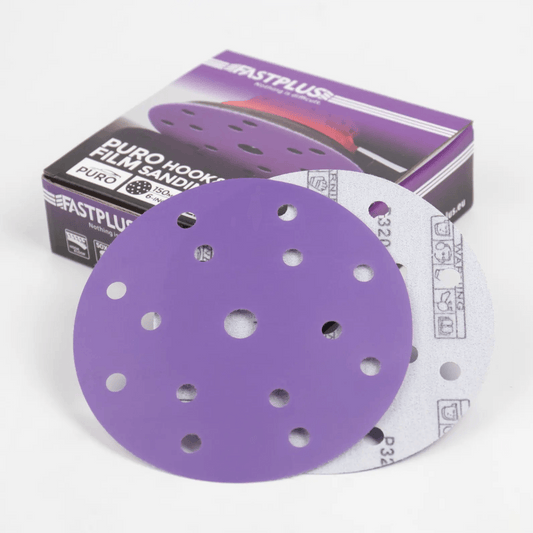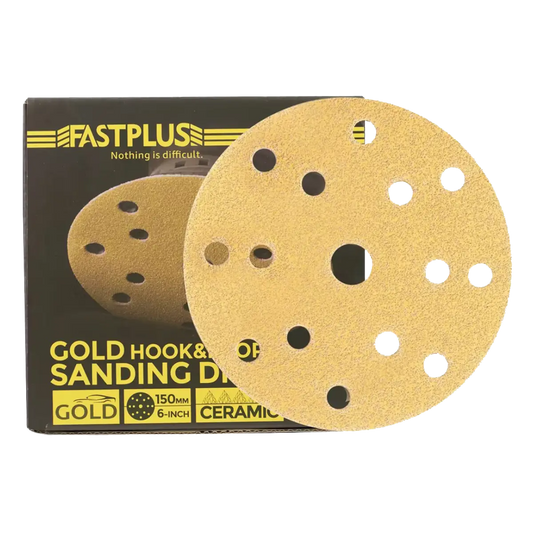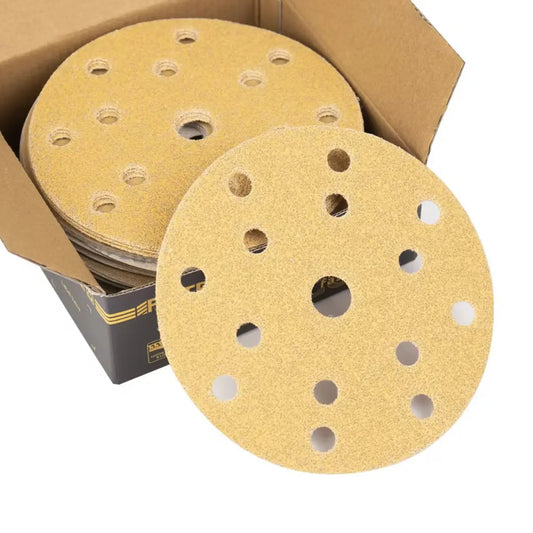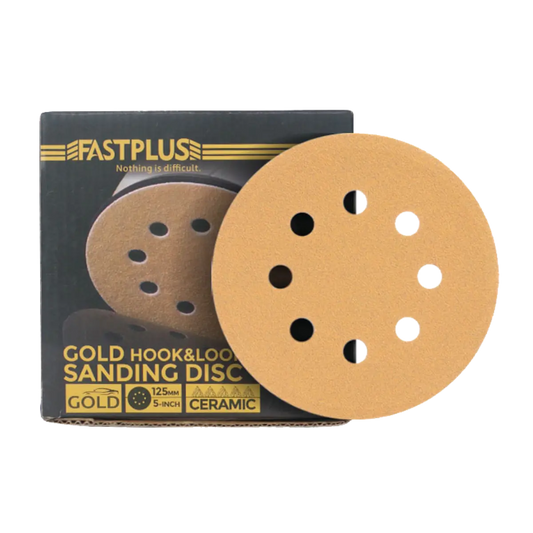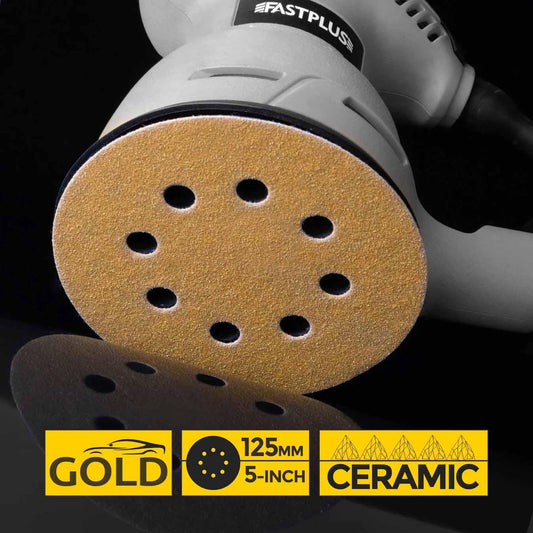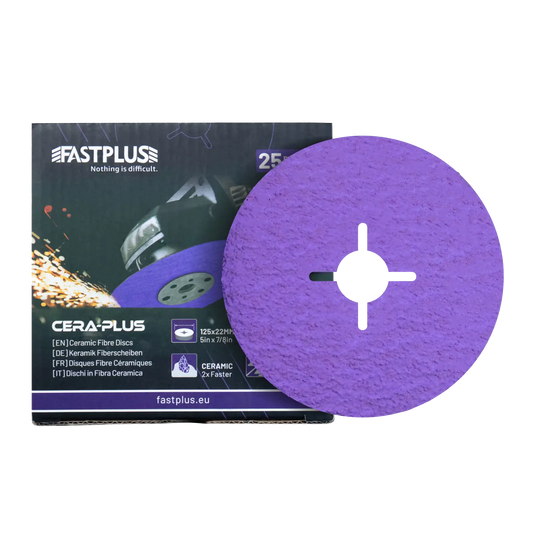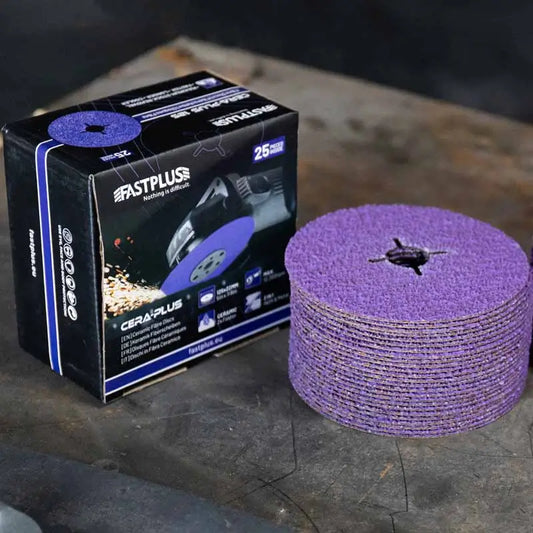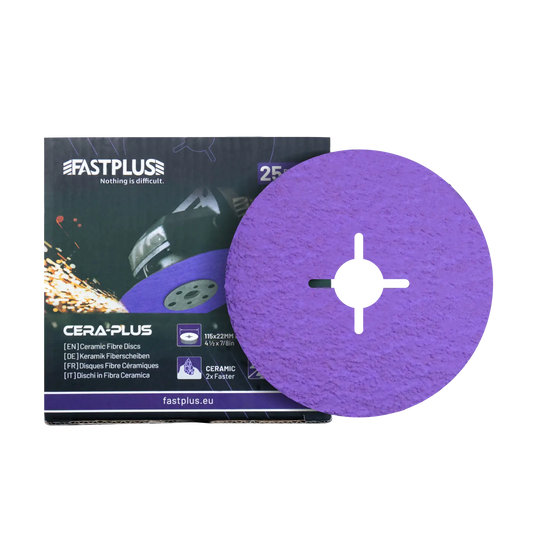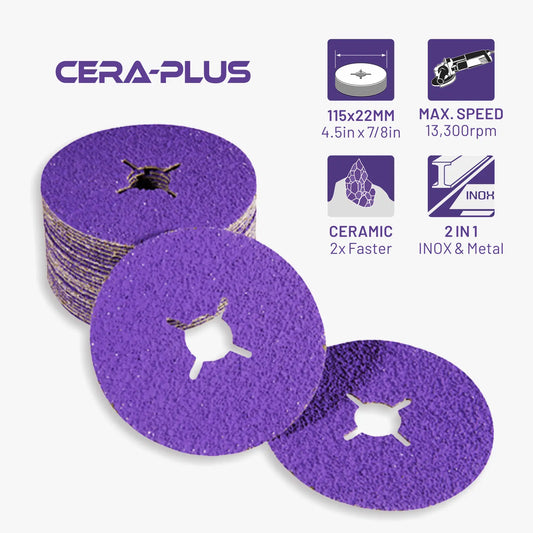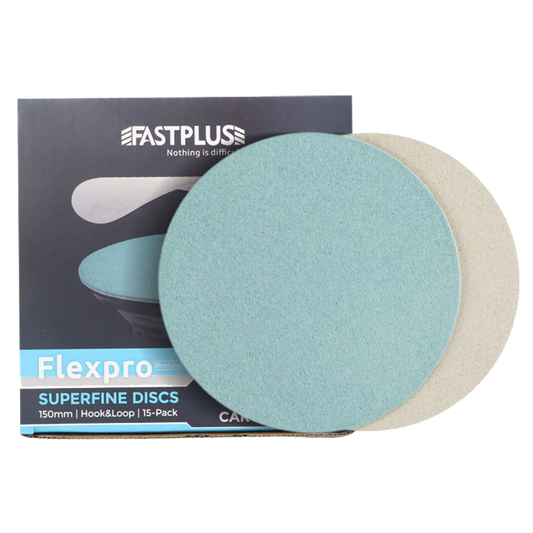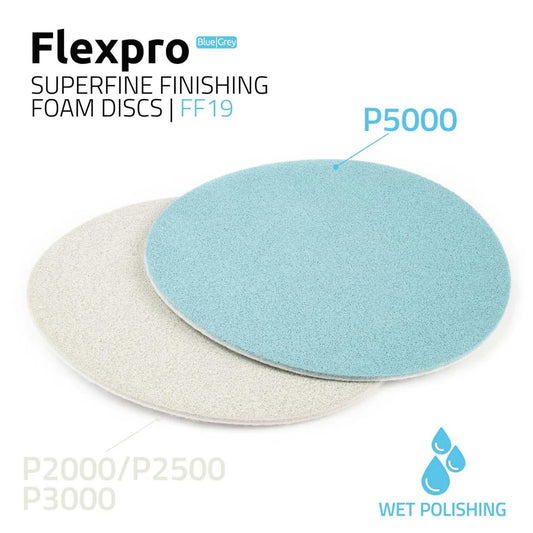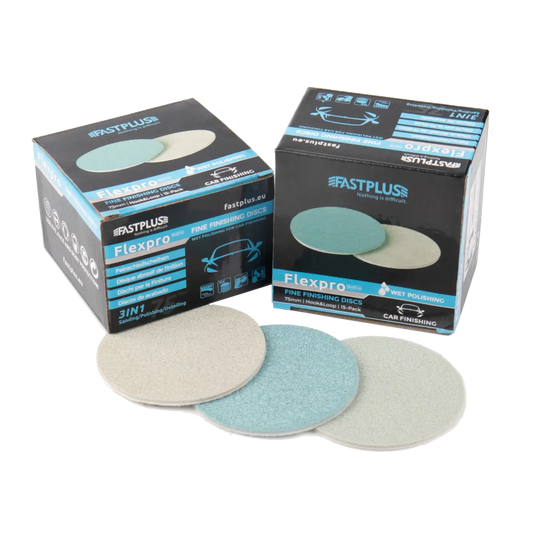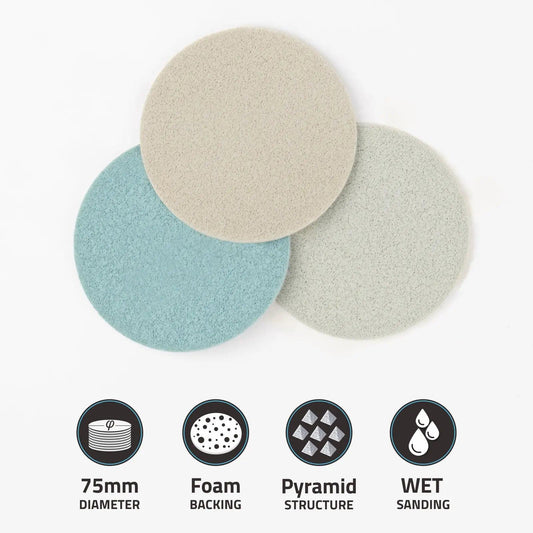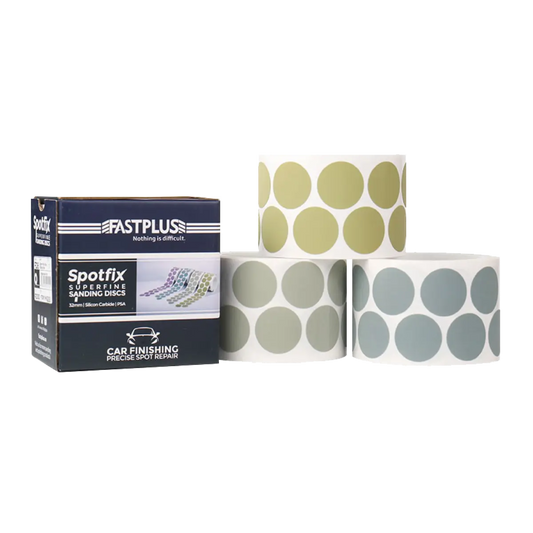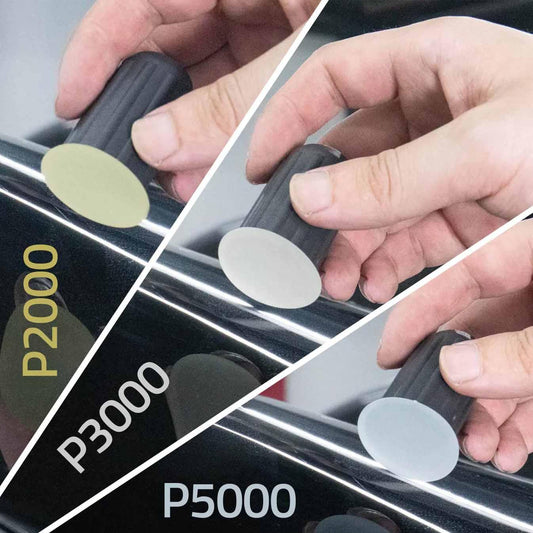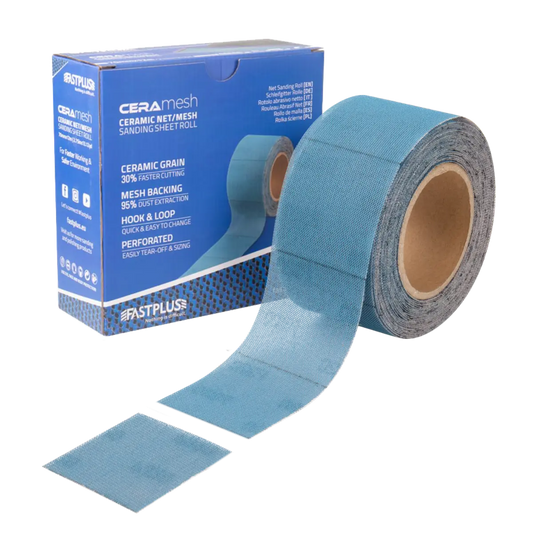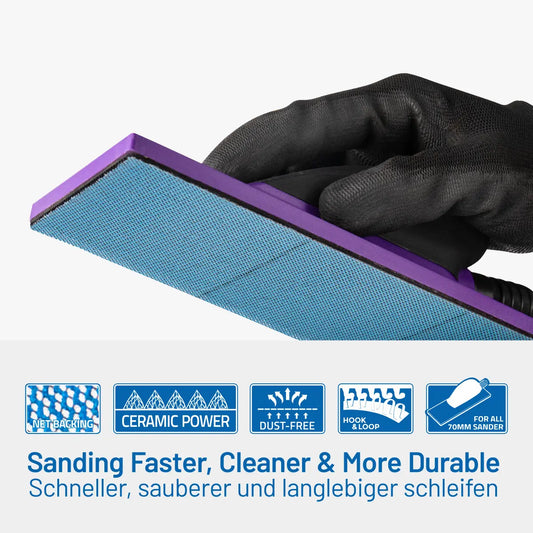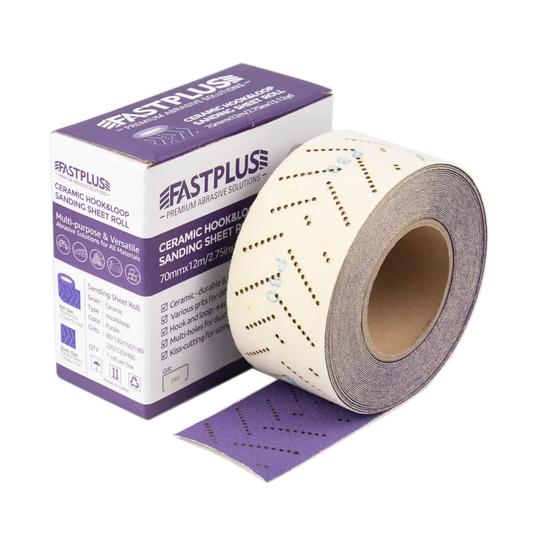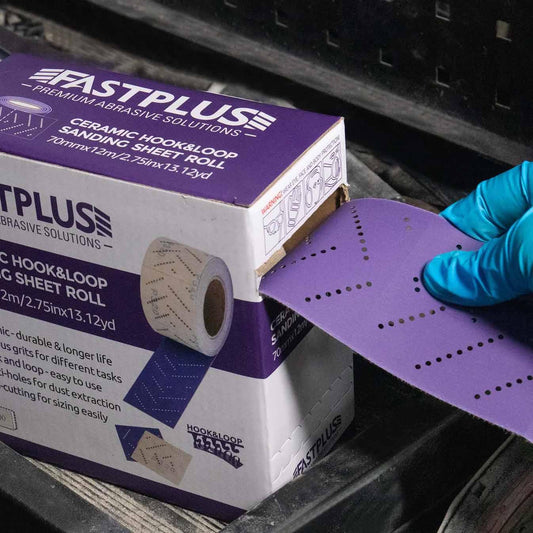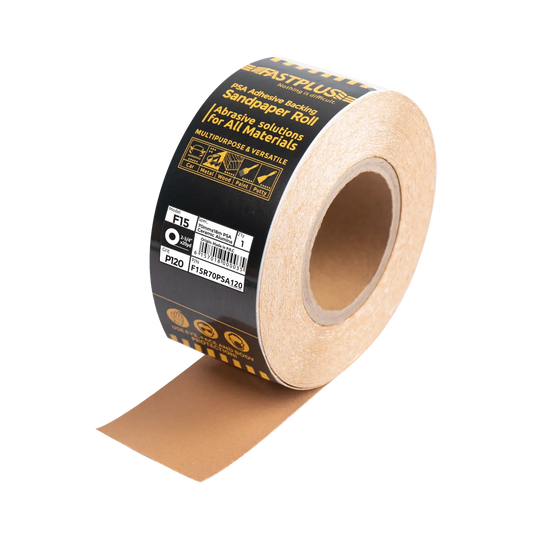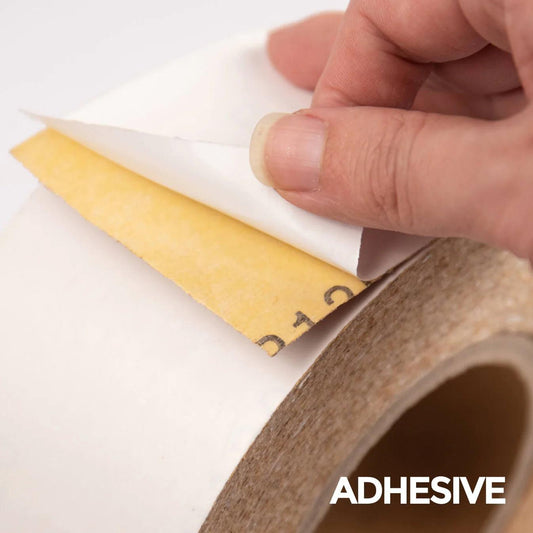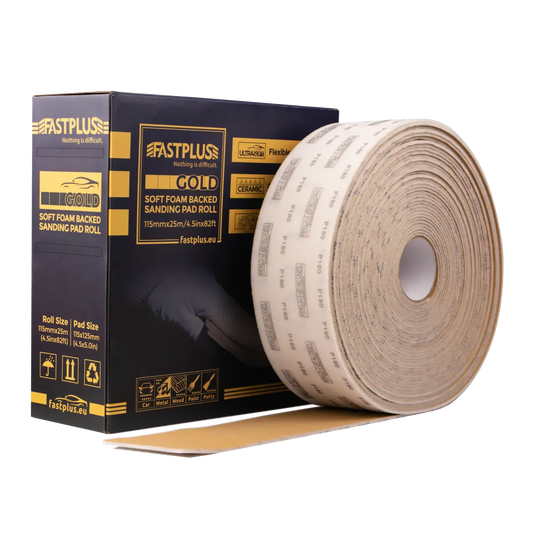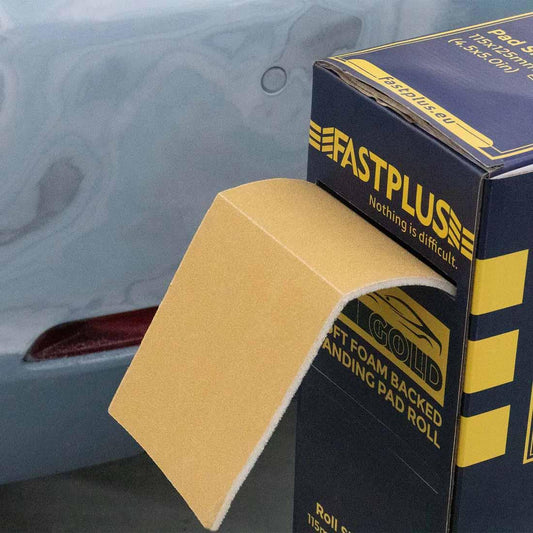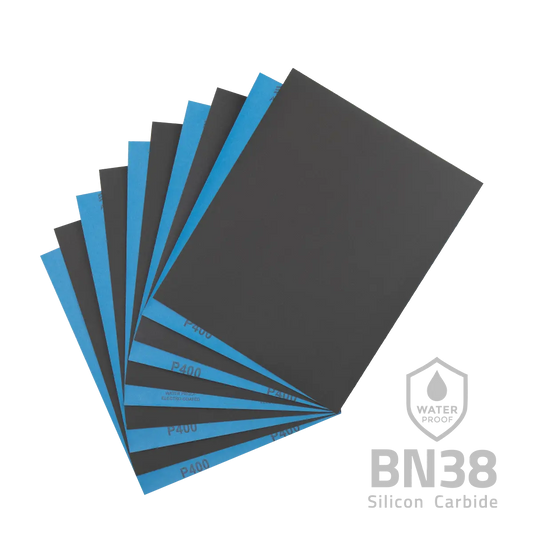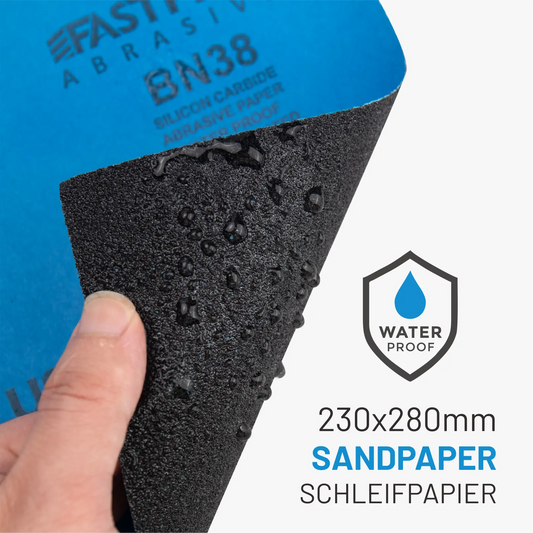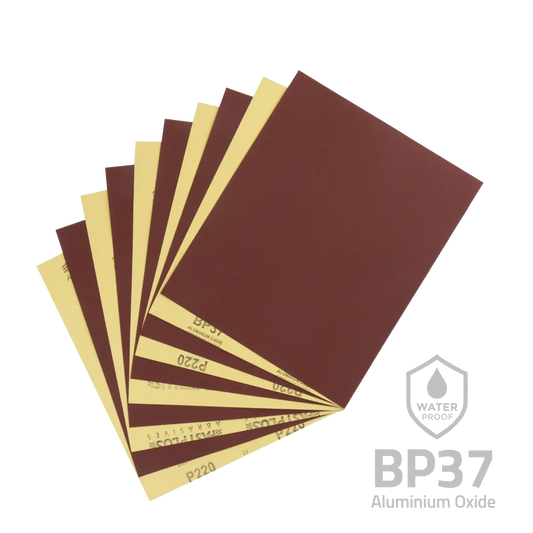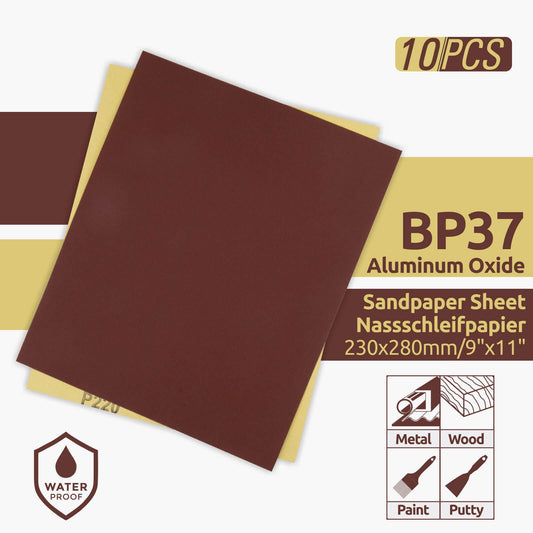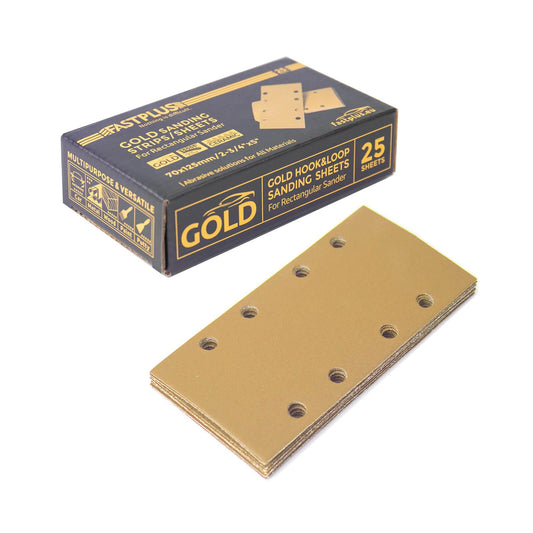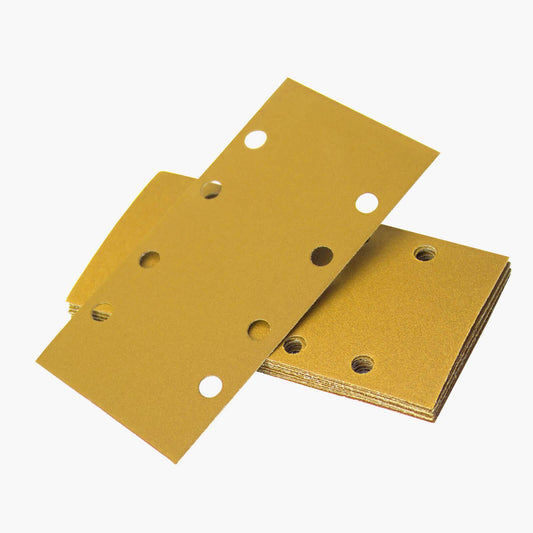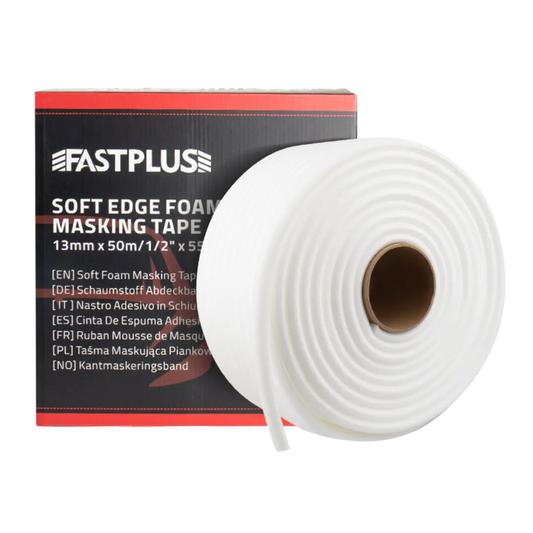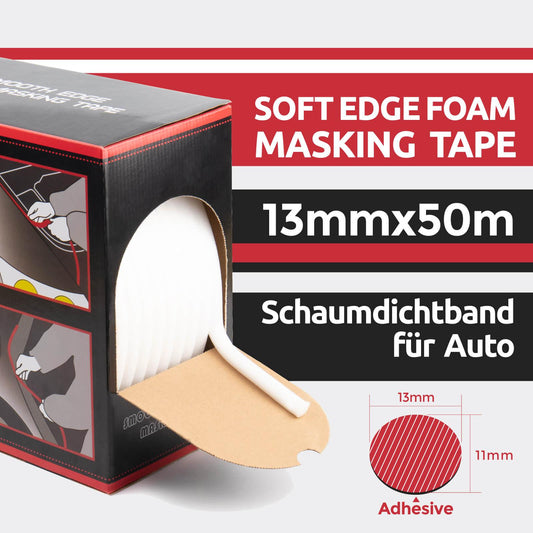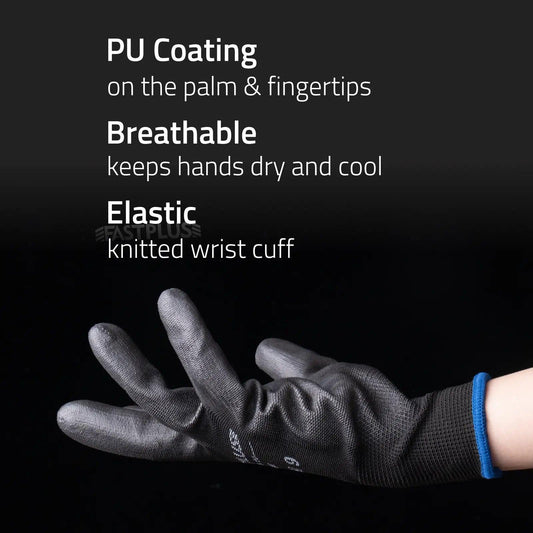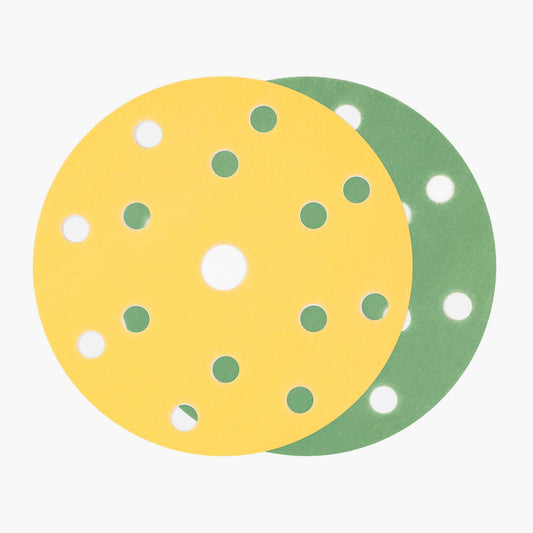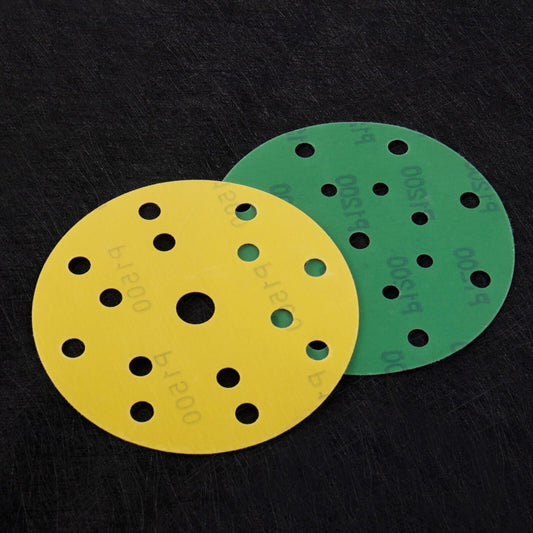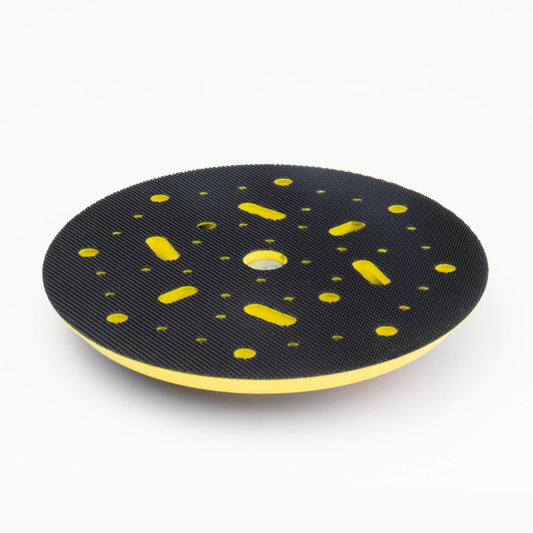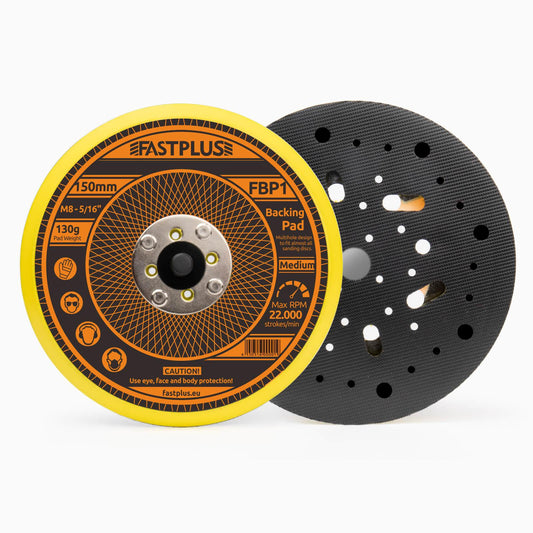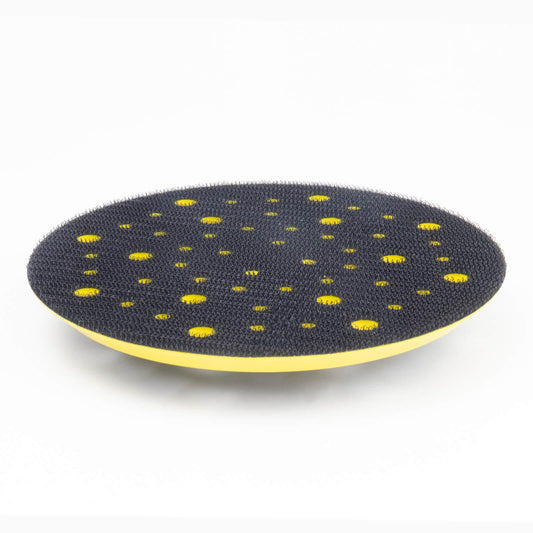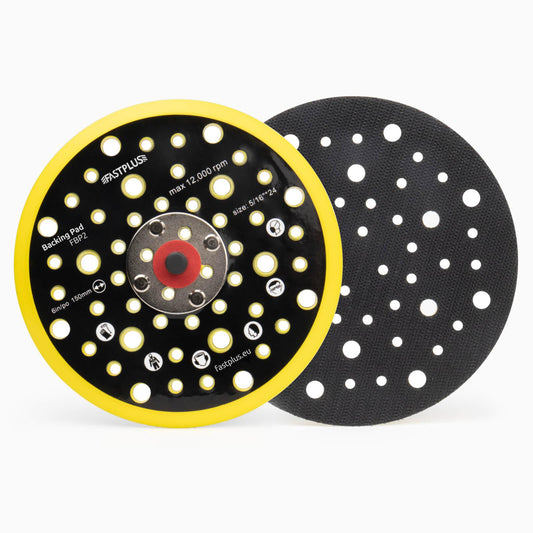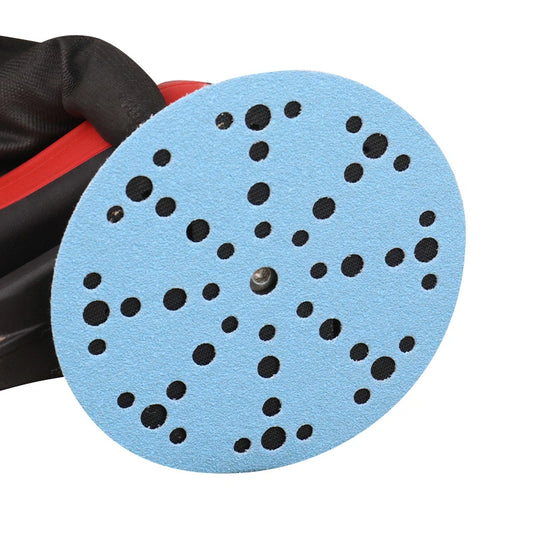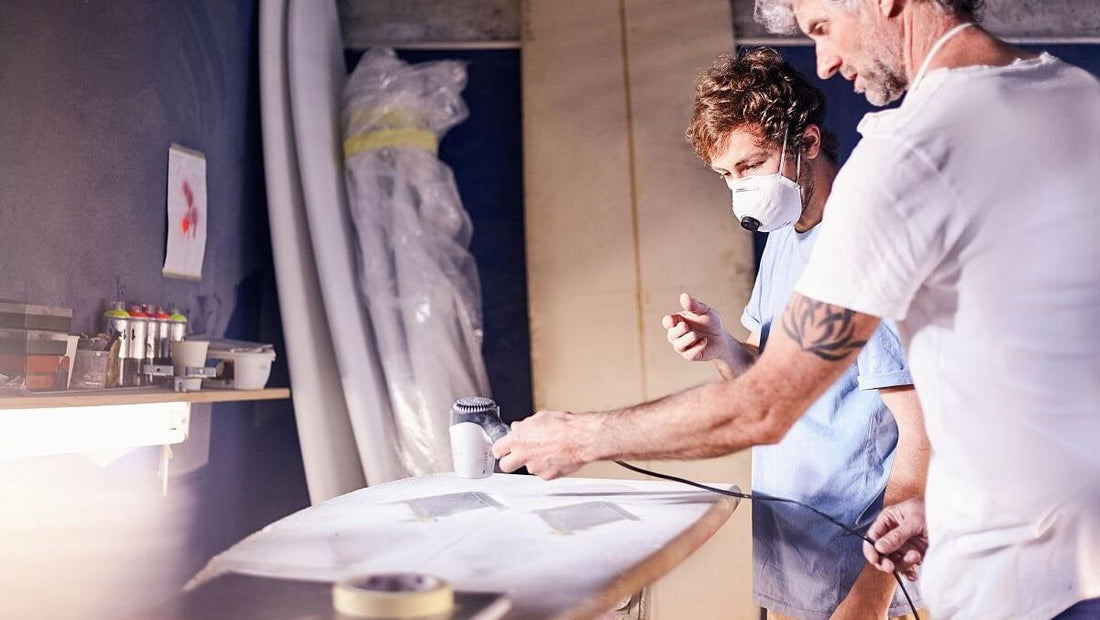
Surfboard Repair: How to Fix a Surfboard Ding
Spending time in the water is not the only aspect of being a surfer. Additionally, you should be familiar with basic surfboard repair, especially with regard to dent fixes. Dings are quite prevalent, particularly for beginners. However, experienced surfers also frequently deal with dinged boards as a result of regular use and abuse.
You may wonder, why learn how to repair a surfboard ding? You don't actually need the assistance of repair experts to mend a small dent in your surfboard, even though they will always perform a superior job at it. Doing it yourself can save you a great deal of money and the inconvenience of having to wait weeks for the repair to be completed.
There are further ways to save money. You can get a used board with a few little dings for less money than a brand-new one and address the problems yourself.
Types of Dings

It is inevitable that a board will require maintenance or repairs at some point, regardless of how well it is made and cared for.
Let's examine a few of the most prevalent and noteworthy causes that may inspire you to offer your board for a service.
Pressure Dings
Pressure dings are small depressions or indentations that occur on the board's surface. They are typically caused by the repetitive pressure of your knees, feet, or hands while paddling or riding waves. While pressure dings usually don't affect the board's performance immediately, they can weaken the board's structure over time, potentially leading to more serious damage if not repaired.
Cracks
Cracks are linear breaks in the surfboard's outer layer and can vary in length and depth. They are often caused by hard impacts, such as hitting rocks, other surfboards, or hard objects. Cracks are problematic because they allow water to seep into the board's core, which can lead to further damage, including delamination (the separation of the fiberglass from the foam core). Addressing cracks promptly is crucial to prevent water ingress and maintain the board's integrity.
Punctures
Punctures are holes or deep gouges that penetrate the surfboard's surface. These are usually caused by sharp objects or severe impacts. Punctures are particularly serious because they can directly expose the foam core to water, leading to rapid deterioration of the board's internal structure. Immediate repair is essential to prevent significant damage and ensure the board remains seaworthy.
Repairing a Surfboard Ding

What steps can you take to maintain and repair your board when needed, given that you are aware of the primary causes of damage?
You'll have to proceed cautiously and step by step, though. While fixing surfboard dings isn't very hard or intricate, it does assist if you're not winging it and making things up as you go.
Gathering the Tools
Sandpaper (different grits)
Sanding block
Utility knife/razor blade
Mixing cup & stir sticks
Resin (epoxy or polyester - explain the difference)
Hardener/catalyst
Fiberglass cloth (different weights)
Squeegee/brush
Masking tape
Finishing supplies
Step 1: Sanding the Damaged Area
Begin by using coarse grit sandpaper to remove any loose or damaged material around the ding. This initial sanding also helps to clear away any wax, dirt, or old repair material that might be present.
Once the area is cleaned and roughened, switch to a finer grit sandpaper to smooth out the edges. This will help create a beveled edge around the ding, which allows for a more seamless blend between the repaired area and the rest of the board.
Step 2: Applying Resin
Start by mixing the resin according to the manufacturer's instructions, paying close attention to the recommended ratios. This often involves combining the resin with a hardener or catalyst, which is crucial for the resin to set correctly.
Thoroughly mix the components to ensure an even and effective cure. Using a mixing stick or a brush, apply the resin to the ding.
Carefully fill the entire damaged area, making sure the resin penetrates any cracks or crevices. Smooth out the surface to ensure an even application, which will help in the final sanding process.
Step 3: Adding Fiberglass Cloth
For minor dings that haven't compromised the foam core, you might not need fiberglass cloth. However, for larger or deeper dings that expose the foam or have cracks, applying fiberglass cloth is recommended for a more robust repair.
Cut a fibreglass cloth piece that is just a little bit bigger than the ding. The size and severity of the dent determine the cloth's weight (thickness). A lesser weight cloth (4 oz or 6 oz) is sufficient for minor dings; a heavier cloth (6 oz or 8 oz) may be needed for larger damages. Using your fingertips or a squeegee, smooth out any creases or air bubbles before placing the fibreglass patch over the wet resin, making sure it covers the entire area.
Place the fibreglass cloth on top of it and cover it fully with resin using a second layer. Any air bubbles caught between the cloth and the resin should be gently brushed out. By taking this procedure, the new and old fibreglass layers are guaranteed to cling firmly together.
Step 4: Curing the Resin
After applying the last layer of glue, store the surfboard in a warm, dry location without disturbing it to let the resin cure fully. Consult the curing time instructions provided by the particular resin, since they may differ based on the brand and temperature. Usually, curing takes several hours to several days.
Note: The curing process usually proceeds more quickly in warmer temperatures. The surfboard's curing times may be impacted by storing it in direct sunshine.
Finishing the Repair: Sanding and Polishing

When the resin is completely cured—for precise curing timeframes, see the manufacturer's instructions—it's time to smooth and seamlessly finish the rough repair area. Here's how to look professional in two easy steps:
Step 5: Sanding the Cured Resin
Sanding the repaired area is the next step towards achieving a smooth surface when the resin has fully cured.
To start, remove any excess resin that may have pooled or created uneven surfaces during the curing process using coarse grit sandpaper. This first sanding aids in levelling the repaired area and removing any elevated areas. Use sandpaper with finer grit after finishing the coarse sanding. Work your way gradually through finer grits, even-out the surface as you go.
Step 6: Polishing
Polishing comes last in the repair process after sanding. Polishing gives the surfboard its natural sheen and smooth texture back, almost completely blending the mended region into the original surface.
Make use of a premium polishing product made specifically for surfboards. After lightly polishing the repaired area, rub it in circular motions with a clean, soft cloth. Buff the surface until it is glossy and the finish matches the rest of the board.
Fix Your Surfboard Ding With Fastplus Abrasives
Repairing a surfboard ding is not as difficult as it might sound. It's not always necessary to hire experts to mend your surfboard correctly. With the right tools and techniques, you can achieve professional results on your own.
Fastplus Abrasives provide high-quality sandpapers ideal for surfboard repair. Begin with coarse grit to remove loose material and old wax, then switch to finer grit to smooth the edges. The variety of grits ensures a perfect finish, seamlessly blending the repaired area with the original surface.
After repairing your surfboard and using all of the fine sandpaper, you'll have a smooth surface and be prepared to catch the next wave!
